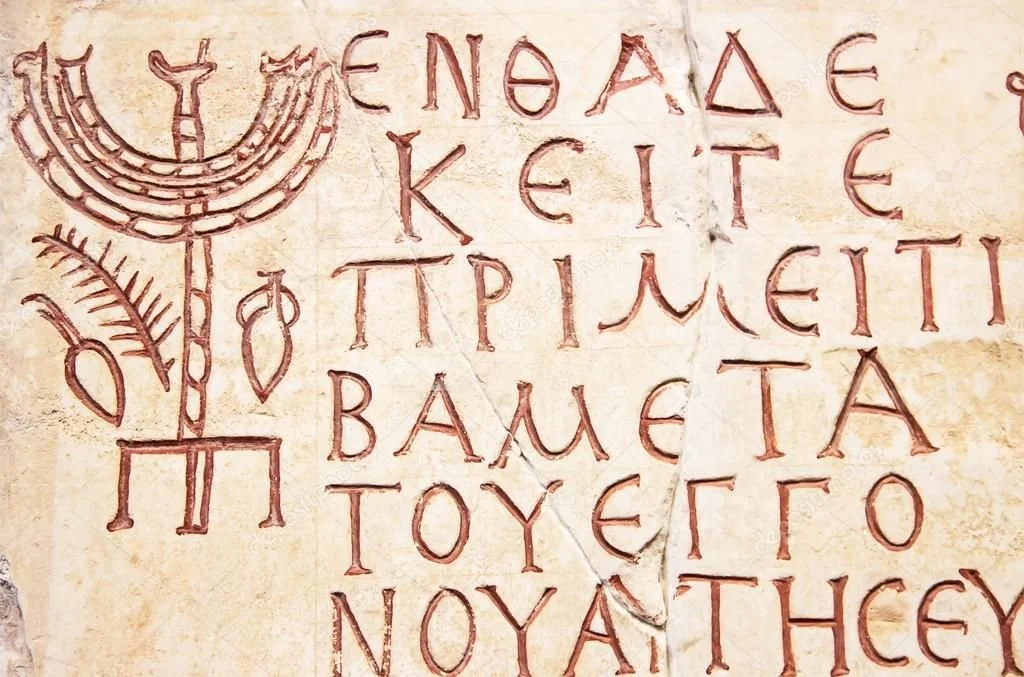LCHS: FOREIGN LANGUAGE
“The limits of my language means the limits of my world.”
Ludwig Wittgenstein, Austrian-British Philosopher of Language, Logic, Mind, and Mathematics.
The acquisition and appreciation of other languages is essential to understanding one’s own. At Liberty Common School, the mission of the Foreign Language Department is to enhance student knowledge and understanding of the English language. This is accomplished first through Latin instruction beginning in kindergarten. After a solid foundation in Latin is established, students may elect to study modern Romance languages to further expand language knowledge, enhance cultural understanding, and develop conversational skills in a foreign language.
Liberty is a classically oriented school where the study of Latin supports our study of Western Civilization. Latin is the language which gives form to the thoughts and ideals upon which Western Civilization was founded and allows students access to the history and great works of the classical world. This is why further study of Latin and modern Romance languages enables students to develop appreciation for the influence and contributions of Western Civilization.
Why is Latin the foundation of Liberty’s Foreign Language education? Latin is both a language and a discipline. Decoding Latin instills logical and precise thought. Like math, Latin is a cumulative study with each skill building on the previous one. And like math, Latin provides the invaluable experience of studying one systematic subject to mastery over a long period of time. This is a key to mental and character development and can be the most valuable academic experience a child has in school.1
The goal of Latin instruction at Liberty is to empower students to think, speak, and write with clarity and precision in English thereby expanding their vocabulary as well as their world. The study of Latin develops mastery of English in the following ways:
Vocabulary—The acquisition of Latin vocabulary provides students access to thousands of words that have rich and nuanced meanings. Fifty percent of English words are derived from Latin, including an estimated eighty-five percent of polysyllabic words. Additionally, Latin is the root language of science, law, medicine, politics, and theology. Terms are generated from Latin roots or lifted in toto. Understanding Latin makes learning these new terms into a shorthand, allowing the student to move quickly to more complex concepts.
Reading/Spelling—Careful attention in translating Latin to English helps students recognize and produce accurate letter combinations which increases reading and spelling skills.
Grammar—When juxtaposed with studying English grammar, studying Latin grammar proves to be a superior method for exposing the structure of language. English is loose, unstructured, unsystematic, and breaks its own rules, whereas Latin is much more structured, orderly, logical, and consistent. The roles words play in a sentence are clearly delineated in Latin. If grammar is the ordered and structured beauty of language, then Latin is the preeminent language to study to achieve grammar mastery in English.
Composition—The beauty and power of great writing are more obvious to the student of Latin. The brevity of a Latin maxim uniquely teaches an economy of language. Structured, clear, sophisticated expression arises from translating and modeling stylists like Cicero.
Stages of Foreign Language Instruction at Liberty
Foreign-Language Department Head, Mrs. Pauling Deitrick says, “It is really important to develop continuity and clarity within a language sequence. The Department requires a set of expectations of what will be taught and when. Instructor autonomy is important, but it must be checked by clear principles of instruction and align with the school’s philosophy and curricular goals.”
In kindergarten through 3rd grade, students are instructed in Latin by classroom teachers and begin learning about ancient Roman culture by memorizing common vocabulary words.
In grades 4–6, professional Latin instructors teach students to identify and organize patterns of noun and verb endings and develop understanding of the relationships between Latin parts of speech.
In grades 7–8, deep, comprehensive study of Latin grammar on a daily basis promotes an appreciation for the ordered beauty of the language and trains students in Latin translation. Students complete Latin I and Latin II coursework. With a foundation in Latin and the daily instruction time necessary to develop conversational language, students are prepared to succeed in the study of modern Romance languages. Students may elect to supplement Latin I and II with Spanish, French, or Ancient Greek.
In grades 9–12, students may elect to continue advanced Latin coursework in Latin III and beyond. For these students, the fruit of diligent Latin study is fully realized in the joy of reading ancient texts in their original language. The mind is prepared to compose in Latin.
To fulfill the graduation requirement of two consecutive years of foreign language study in high school,* students have the option to build upon a solid foundation in Latin with study of Spanish, French, Ancient Greek, Advanced Latin, or other languages which may be added to the curriculum. Languages which may be added to the curriculum will be Romance languages, or German.** Further foreign-language classes beyond these may be taken as electives.
*All students are required to successfully complete Latin I and Latin II prior to high school graduation. Students who did not satisfy this requirement in junior high have the option of using this coursework to simultaneously fulfill the additional requirement of “two consecutive years of foreign language study in high school.”
** Because English is a Germanic language, the secondary benefits of studying German may be considered when expanding the school’s course offering.
An Apology for Latin and Math, Cheryl Lowe, Classical Teacher, Winter 2006

